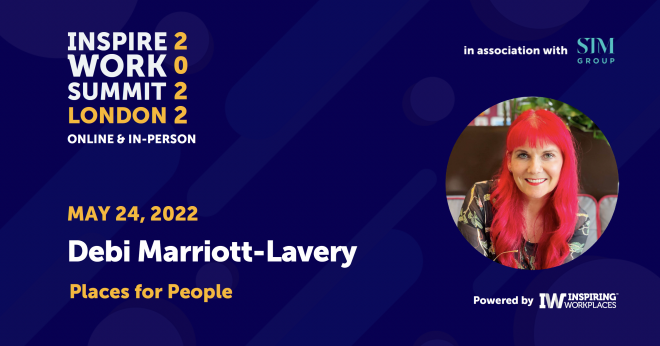
04th April 2025
Why Workplace Friendships Are Essential for Fighting Burnout

In today’s fast-paced, hybrid work environment, burnout and isolation are growing concerns. This article by Sandy Torchia of KPMG explores how fostering genuine work friendships can be a powerful remedy. By reprioritizing connection, using AI to free up time, and empowering managers, companies can build stronger, healthier workplace cultures.
This article was written by Sandy Torchia and published in HR Dive.
“I’ve been in the office all day, but I haven’t seen anyone.”
“Sorry I’m late, I’ve been in back-to-back meetings.”
“I’ve been so busy today that I’ve barely had time to eat lunch.”
These are phrases that I have heard from my colleagues recently — or ones that I’ve likely said myself. Lately it seems as though we have focused our workflows on maximizing productivity — and constant engagement — without considering whether or not we are genuinely connecting. “Meeting fatigue” has become a regular part of our lexicon, and professionals are reporting increased feelings of burnout, loneliness and isolation.
When considering a potential antidote to these issues, an obvious — but powerful — opportunity has risen to the surface: work friends. According to a recent KPMG survey, 78% of professionals feel that work friendships provide positive mental health benefits, and the majority also feel that these relationships help them feel more engaged (83%), satisfied on the job (81%) and connected to their workplaces (80%).
Work friendship is a potentially undervalued tool for combating many of the issues that have emerged in our post-COVID era of work, with seemingly less opportunities for the spontaneous and informal interactions that often led to authentic connection. However, cultivating friendship in this new era of work requires a fresh look at how we spend our time.
Below are three important factors to consider when seeking to foster friendship in today’s workplace.
Reprioritize connection — and fun — at work
Flexibility around where and when people work, dedicated no-meeting times and other policies that help employees manage their time and reduce burnout have become increasingly common. We have also seen a transformative shift in how companies prioritize employee well-being.
As the focus increasingly shifts from work-life balance to work-life integration, it will be essential to examine our current workflows and make time for friendship. The fact is that employers can no longer view work friendships as a natural byproduct of going into the office (only 16% see it as an effective way to make work friends).
This includes driving a mindset and behavior change in which employees are encouraged to connect at periodic moments that make sense for individual teams: ideating together over lunch, celebrating the end of a big project or client win or simply getting together during the holidays. In fact, 41% of professionals have met their friend at a work social event, and 40% feel that companies should facilitate work friendships through extracurricular, non-work-related activities like holiday parties and happy hours.
Similar to the way that many employers have implemented dedicated time blocks each week for heads down thinking, they should also consider carving out time for companywide connection breaks. Whether it’s volunteering, engaging with employee resource groups or recognizing team or employee milestones, employers and employees can reconfigure workflows to purposefully support the development of work friendships — and build a stronger culture in the process.
Use AI tools to create new relationship-building opportunities
New tools have made it possible for employees to work from anywhere, but the human element — the sense of community and connection — has struggled to keep pace. As a result, work friendships are suffering, with 58% saying that an overreliance on digital channels is a major barrier to work friendship.
But technologies such as artificial intelligence and generative AI can be a part of the solution. Many companies and leaders are already encouraging the safe, responsible use of AI and GenAI to increase productivity and create value for their organizations. Professionals can identify specific areas of their workflows and day-to-day activities that can be handled by AI and GenAI to free up time.
To continue reading this article in full click here: Why work friends might be the answer to workplace burnout






